Here’s part two of the Edo-Tokyo Open Air Museum, as promised. Here’s part 1 in case you haven’t read it.
I had to take my shoes off at the entrance of all 30 buildings, so it’s a good thing I decided to wear my typical tourist get-up including sandals instead of my converse lookalikes. In some of the buildings you can also leave your umbrella at the door if it’s raining, otherwise there’s a box full of plastic bags for you to put your umbrella in and carry around with you.
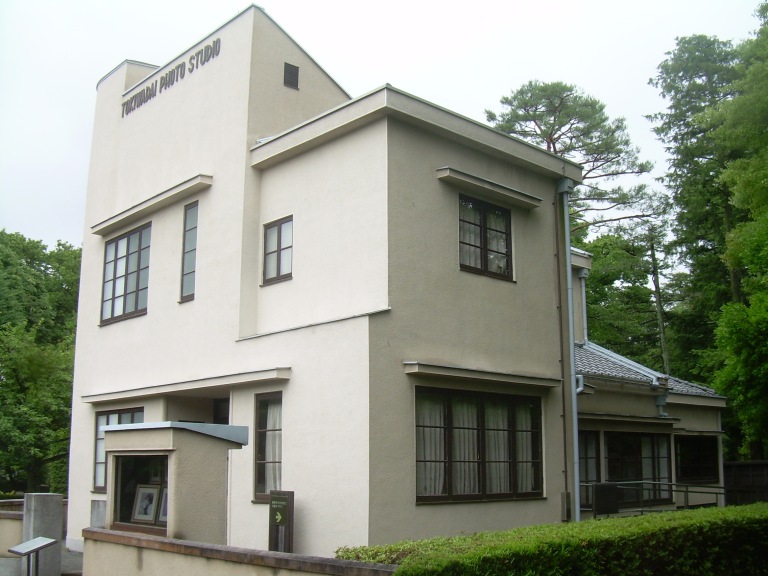
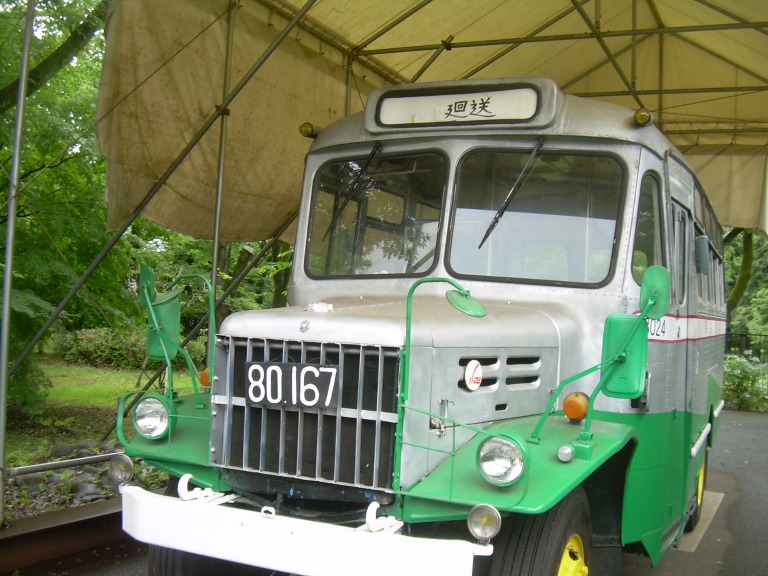

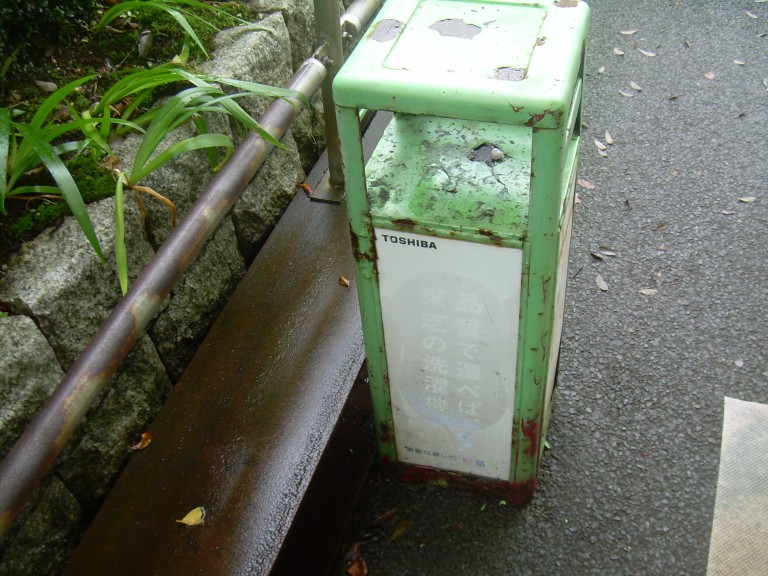
The Tokiwadai Photo Studio left a good first impression, I would love to live in a place like that. I met the cleaner as she was sweeping the inside entrance. With high expectations for the second building, right next door but 150 years older, I found a guide showing a few construction details to some Spanish visitors and I discreetly eavesdropped while I pretended to look around. The house belonged to Hachirouemon Mitsui and was decorated and furnished mixing both occidental and Japanese styles. I was able to walk on tatami mats in many of the houses, which was something I didn’t think I would be able to do on this trip! In my opinion the owner was obsessed with birds since he had some sort of bird decoration in almost every room.
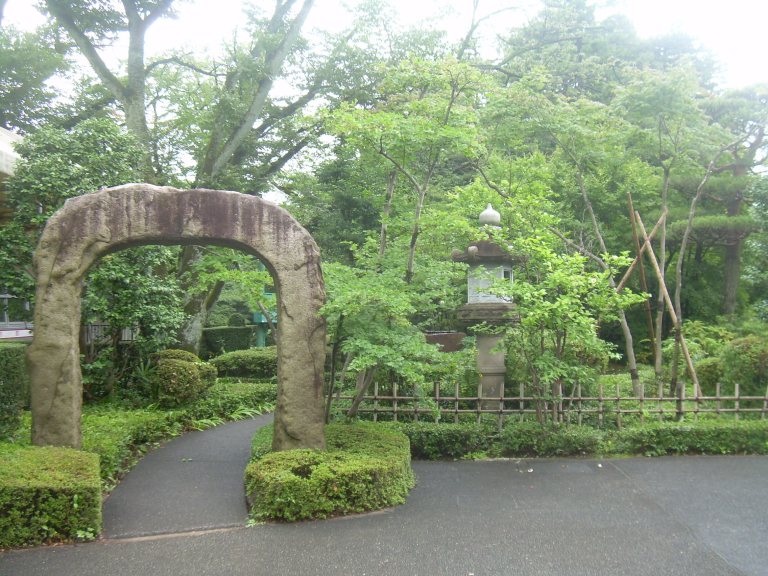
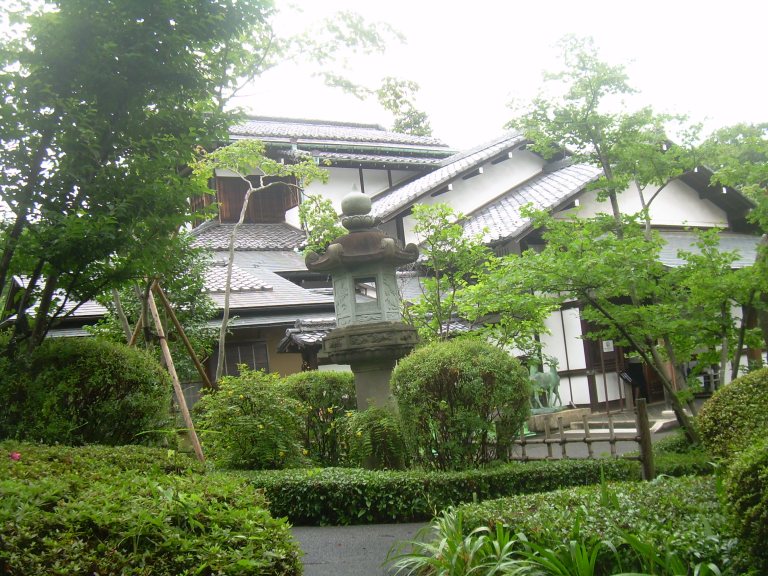

When I figured my lack of subtlety was starting to be embarrassing I headed to the second floor of the building to look at the engraved wood on the ceiling. Maybe I was looking too intensely because a woman from around there started telling me about it. She was apparently a guide from the museum who picked up strays like myself and showed them around (for free!). There were many other guides just hanging around the first few buildings, but most of them only spoke a little English. I didn’t speak much Japanese either, but somehow the lady and I managed to understand each other enough and I learnt quite a bit.
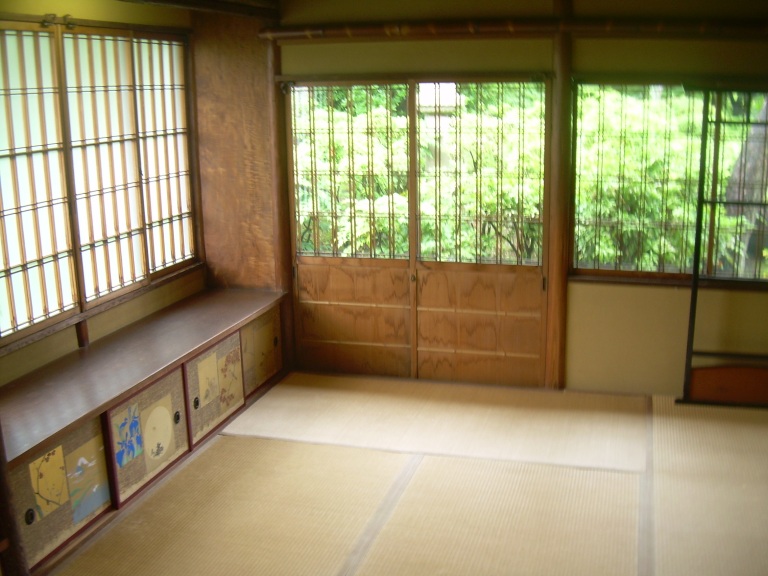
The guide was friends with the other ‘museum people’ (i.e. other guides, house owners, guards, etc.) so she introduced me to an older man, who said I could call him ojii-san, as the owner of one of the edo houses. He told me about the house and explained how they used to live in the edo times as he picked at the fire pit in the middle of the room. I don’t have many photos of the first houses since I didn’t want the guide to have to wait for me.
She soon had to leave but she was very excited to know that I had heard of and seen Spirited Away, so she took me over to the bathhouse and the tram in the museum before going back to her spot at the start. The town in the movie has also had influences by a town in Taiwan called Jiufen, and the bathhouse here wasn’t too similar from the outside but the inside was amazing even if it was very small.
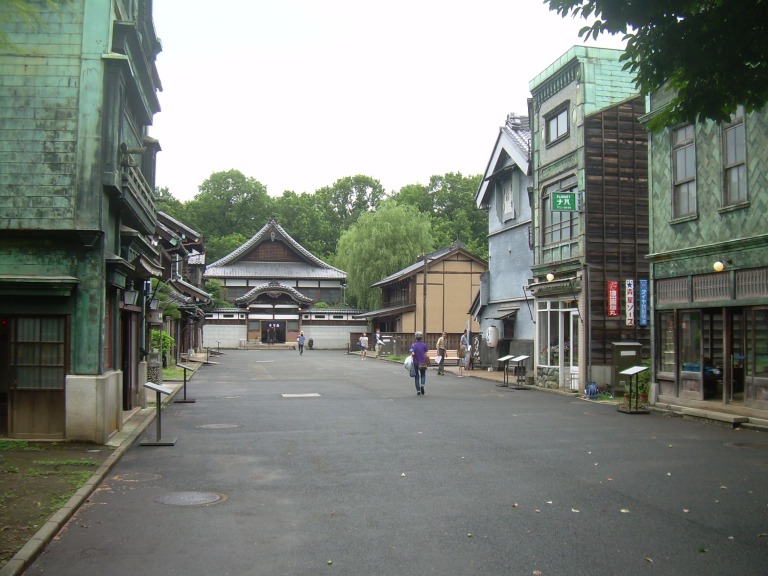
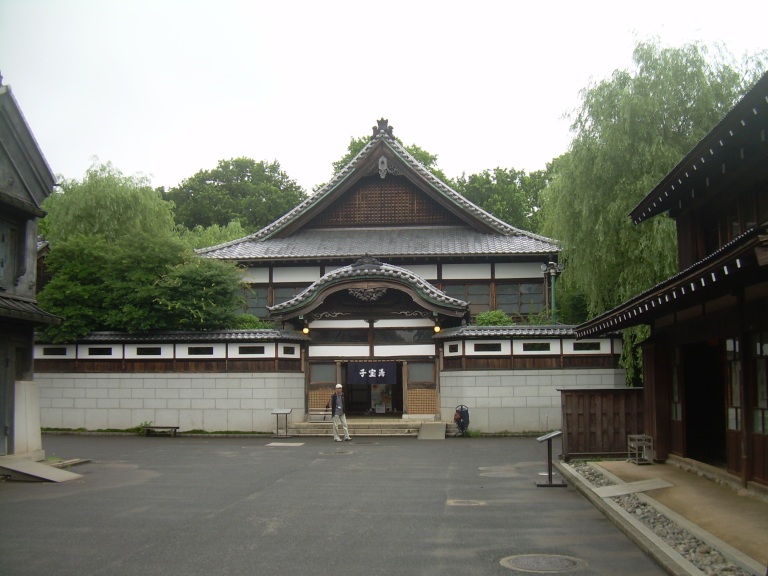
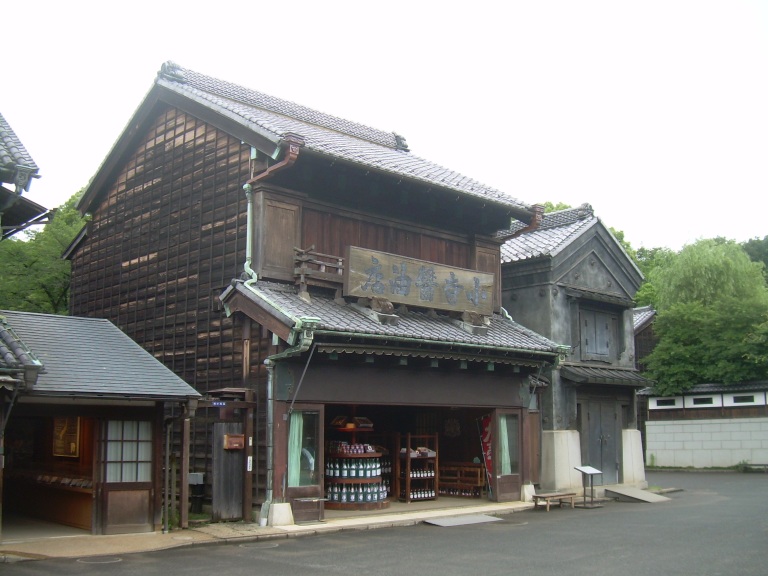
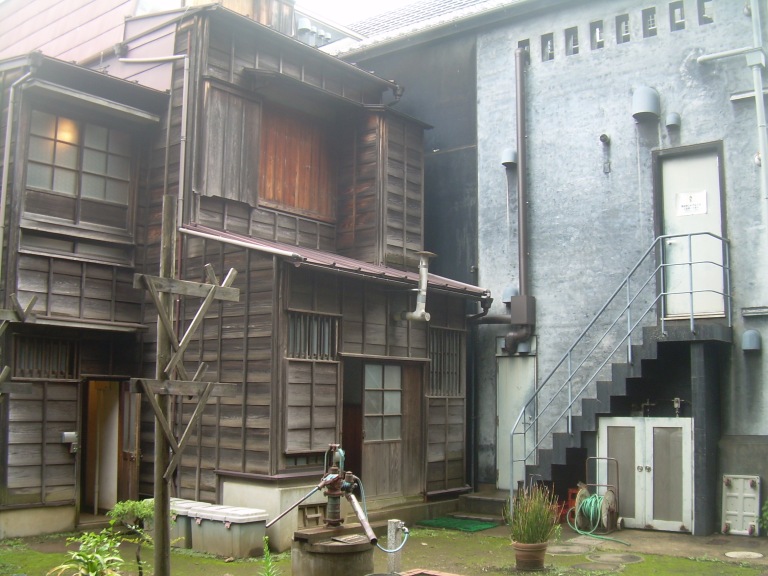
The buildings along this road were mostly shops from the early Showa period (1926-1989) that used to sell things like calligraphy goods, cosmetics, seaweed, tobacco and other things, and many had copper plates on the outside in the old kanban architecture style. You can go into most of the stores and the insides are made to look like how they would’ve looked like in those times.
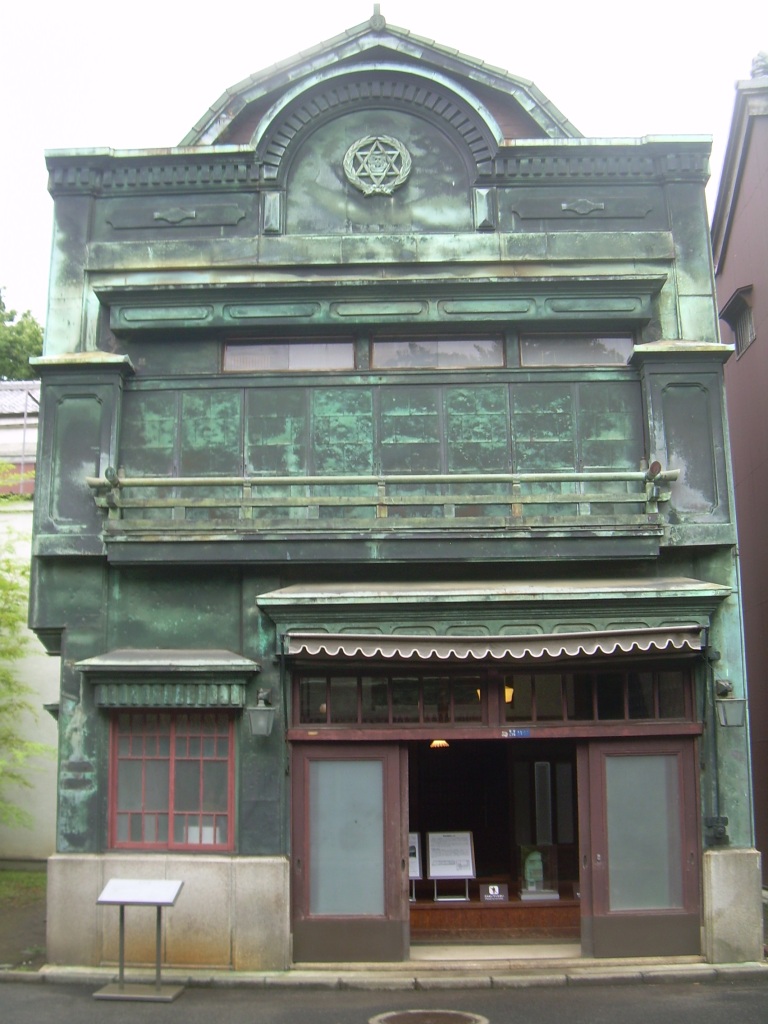
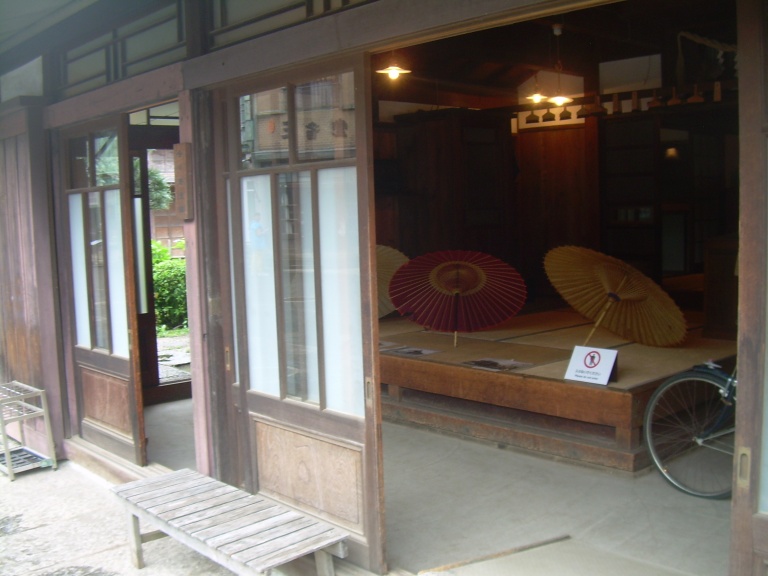
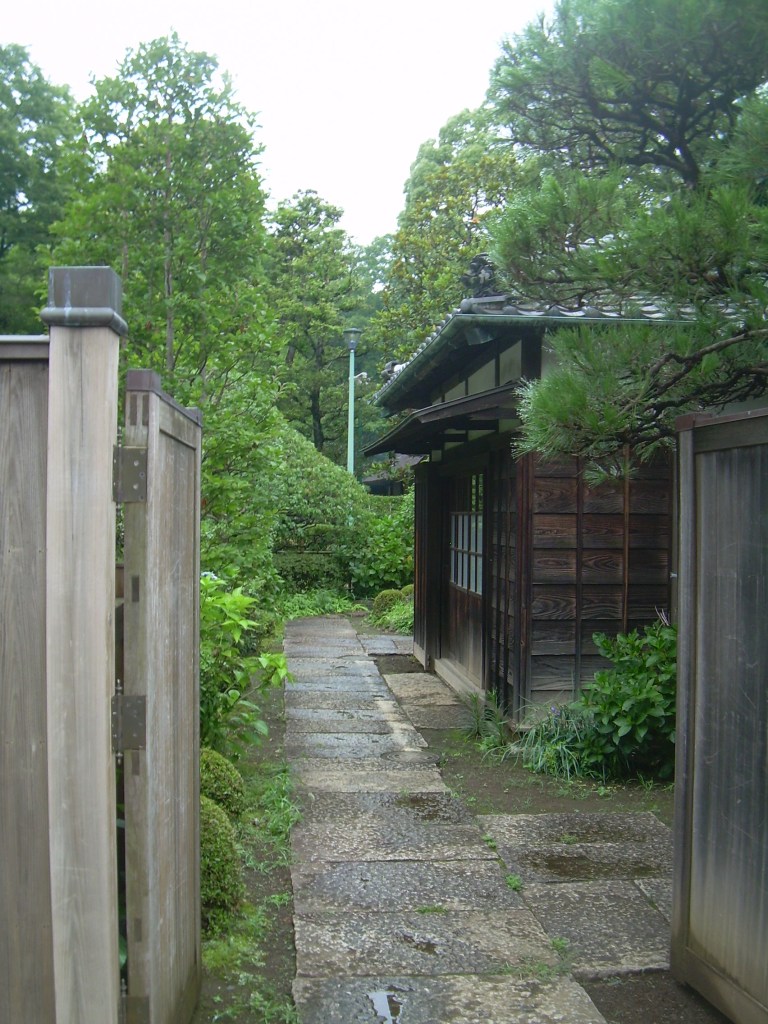
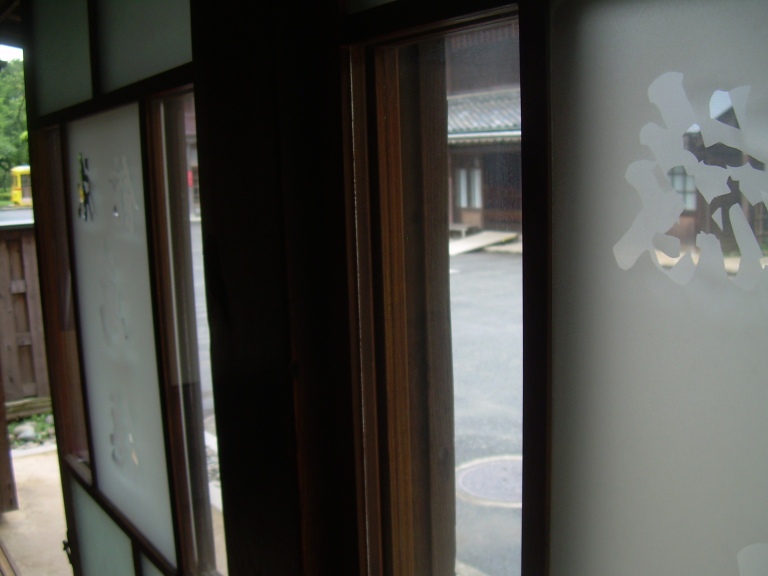
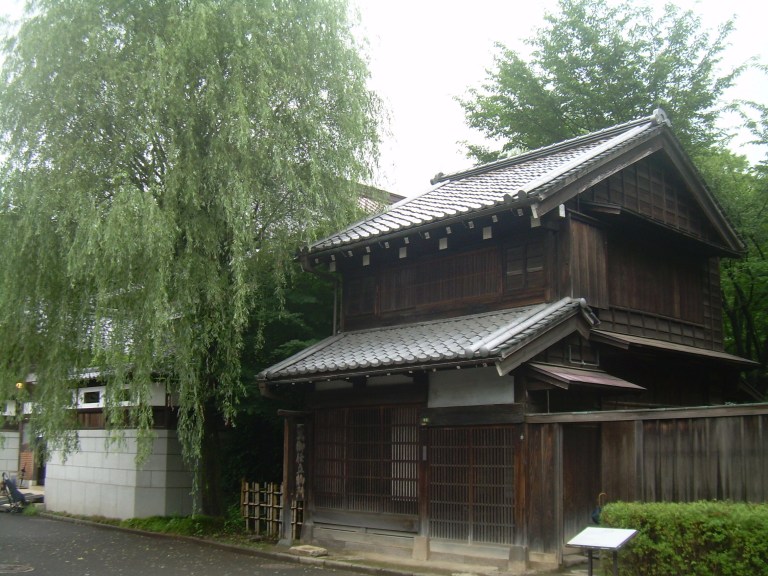
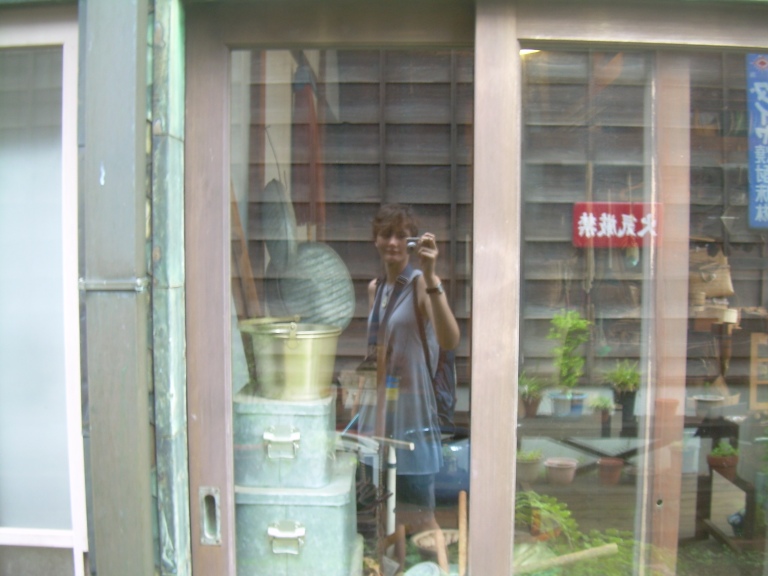
I bought an ice cream from a lady in a kimono and sat down next to the pond at the end of the street. The water looked kind of murky, but afterwards I saw two turtles and some koi fish.
While walking around the gardens of the farmhouse of Tenmyo Family, another Edo building, I came across the first torii gate I’d ever seen! Note that this was my first day in Japan, I hadn’t yet seen any temples or shrines. Inside the building there was a group of elders sitting around a table and they waved at me to come sit down with them when they saw me looking at what they were doing. They showed me how to make kazaguruma (basically an origami pinwheel) and a sitting origami crane.
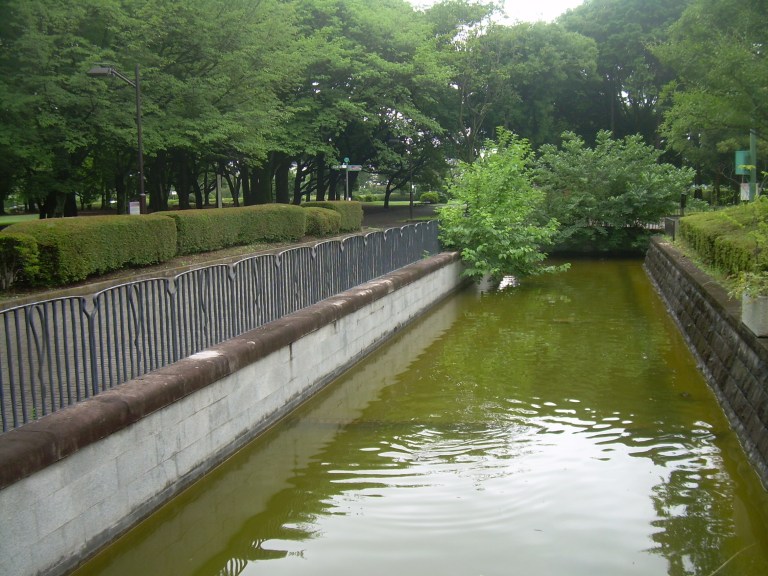
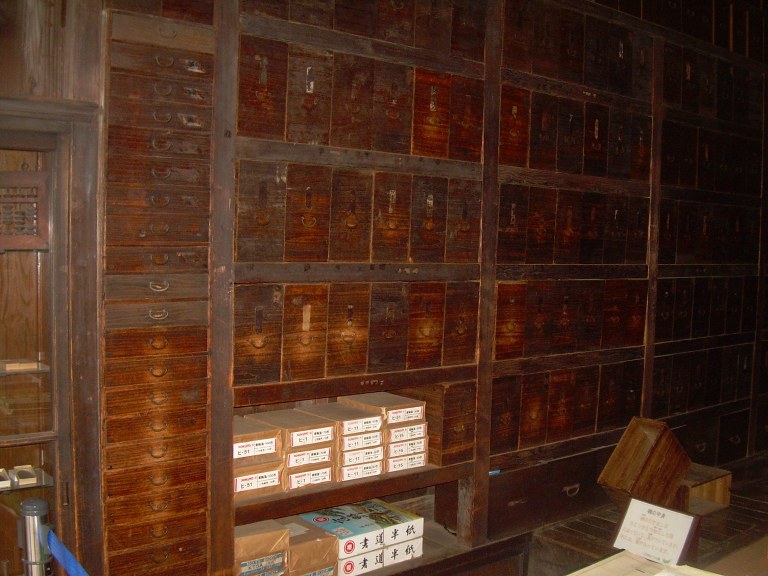
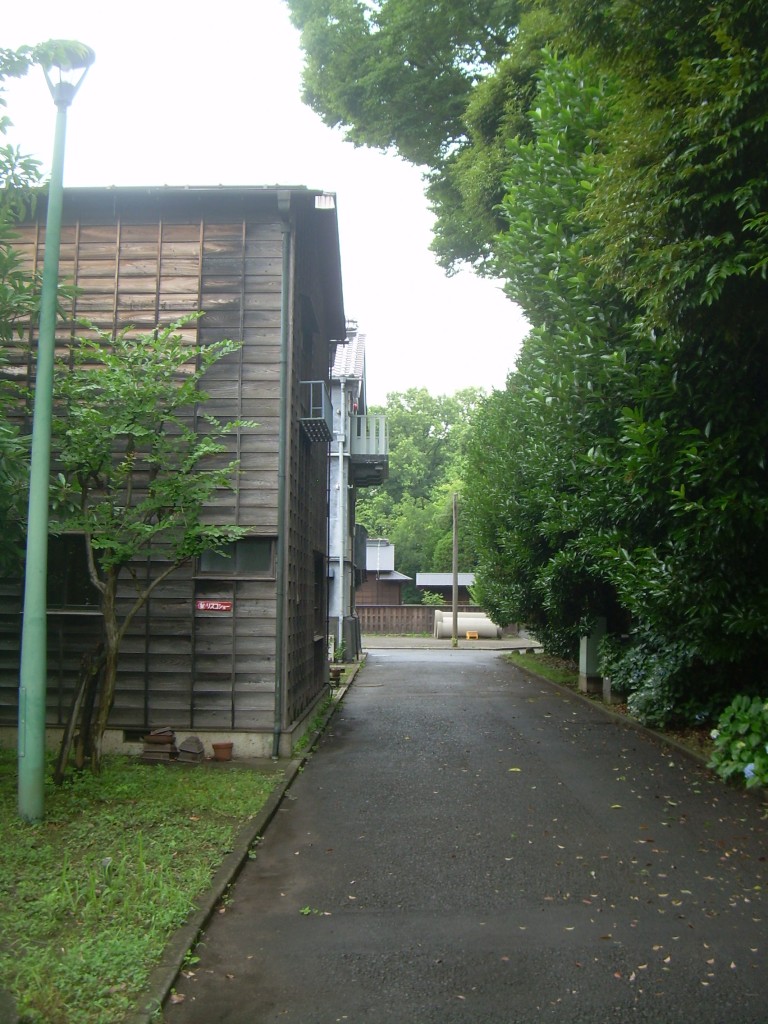
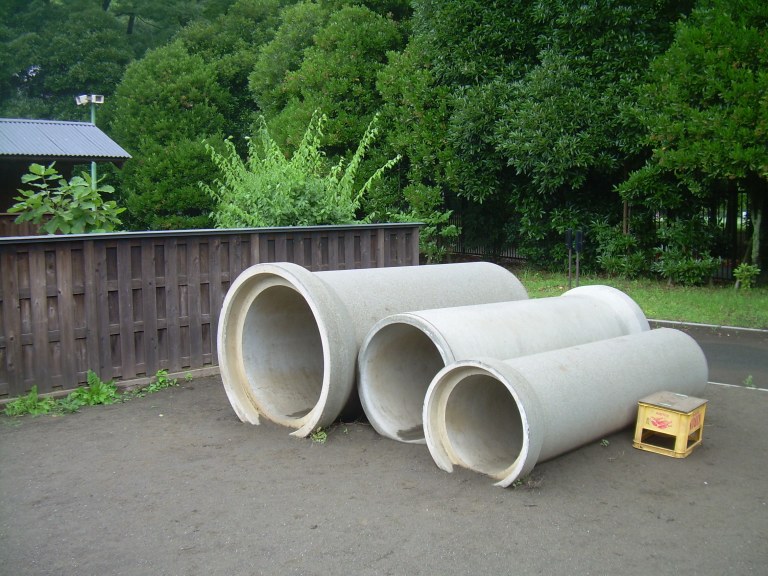
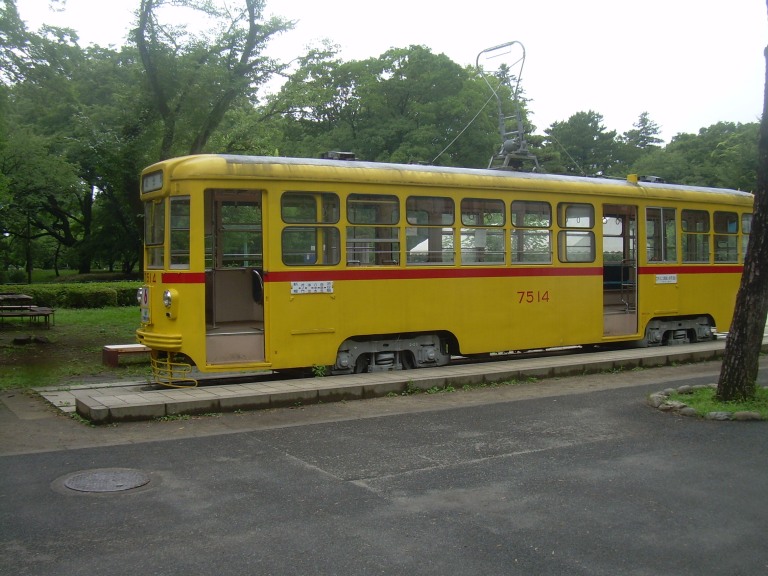
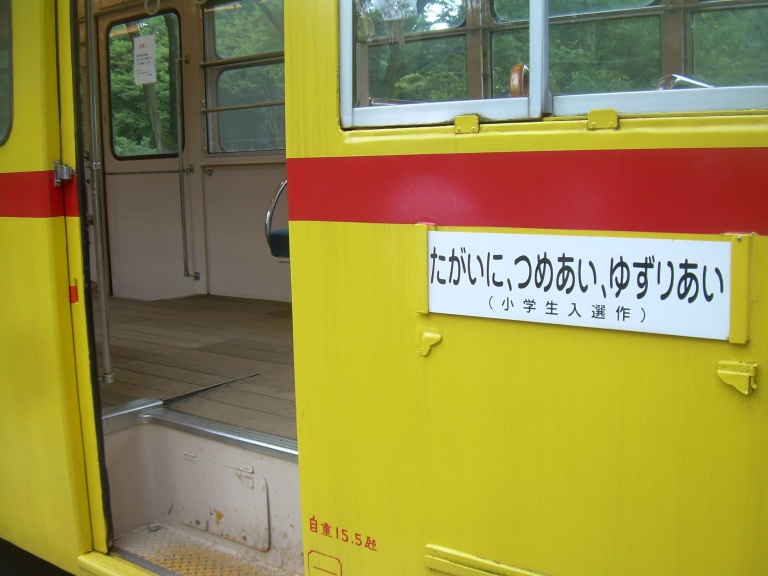
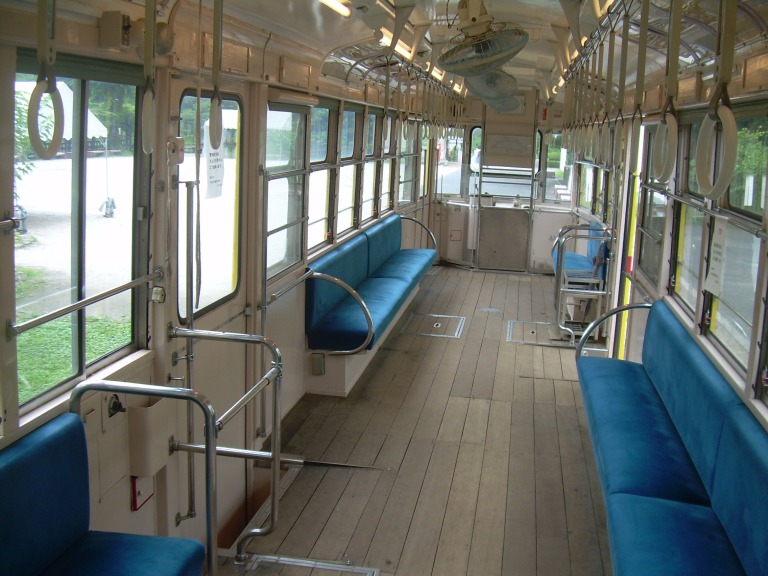
Another guide showed me around the house and then I headed to a couple of buildings opposite this house, the house of Korekiyo Takahashi and the Second House of the Nishikawa Family as well as a teahouse (I think they were from the Taisho or Meiji eras). Korekiyo Takahashi’s house might’ve been my favourite out of all the buildings alongside the photo studio and the House of Okawa in Den’enchofu I went to later on thanks to the amount of rooms and their distribution as well as the small wooden floor hallway inside surrounding the whole house.
I had lunch before seeing the last few buildings. You can eat on the top floor of one of the stores, they have one of those vending machines where you pay for your order then give the piece of paper to the waiter instead of asking directly. They gave me a big spoon but no chopsticks to eat my udon and I was too embarrassed to ask in case I was somehow supposed to eat it without chopsticks (don’t ask me how I would’ve managed that), but luckily I had some in my bag from when I bought some food at a konbini the night before.
The houses left were from around the Second World War times and had many occidental influences. There is also an impressive small temple constructed by Princess Chiyo, wife of Mitsutomo Tokugawa, to hold a service for her mother Ofuri-no-kata (wife of the third shogun, Iemitsu Tokugawa). It was highly decorated and you could get up really close to look at the details.
By the time I left it was already four o’clock, I had spent the whole day there! I found a book I had been searching for for ages in their gift shop, about the history of kimono and female traditional dressing in Japan based on a festival in Kyoto from a few years ago.
I definately hope to be back there one day since I feel like I will still learn and see many new things that I missed this time around.












Hey!!
I just found your blog and i really like your stories :). I have one question regarding this post. What is the name of the book you were looking for??
Thanks!!
LikeLiked by 1 person
Thanks for commenting!
It was called ‘The History of Women’s Costume in Japan’. Found it on amazon if you’re interested: https://www.amazon.com/History-Womens-Costume-Japan-Japanese/dp/4879405728
LikeLike